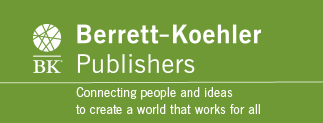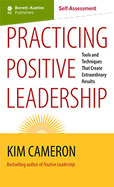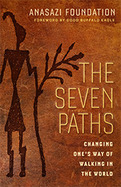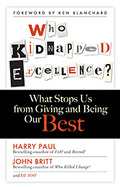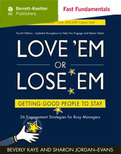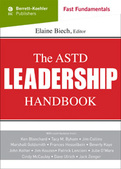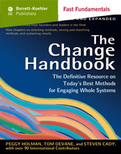Product: Online streamed self-assessment application (not downloaded), limited one-year subscription (5 tests or 12 months, whichever comes first), password controlled
Duration: 68 questions in ten categories (the first five related to Positive Leadership book; the second five related to the Practicing Positive Leadership book): 1) Positive Climate, 2) Positive Relationships, 3) Positive Communications, 4) Positive Meaning, 5) Personal Managemnt Interviews, 6) Create a Culture of Abundance, 7) Developing Positive Energy, 8) Accomplishign Everest Goals, 9) Deliver Negative Feedback Positively, 10) Apply in Organizations. The self-assessment takes 15-20 minutes to complete.
Results: You will receive a radar graph that shows your relative strenths and weaknesses in the ten areas described above. The author also offers interpretation of your results and provides references for each of the ten areas in his two books, Positive Leadership (questions 1-24) and Practicing Positive Leadership (questions 25-68). By reading your results, you can gain important insights on how to practice positive leadership in your organization. The author addresses next steps both for the individual and groups. There are also opening and closing statements from the author, the ability to compare current and former results, and a print option.
BASED ON THE BOOK: PRACTICING POSITIVE LEADERSHIP Over a decade ago, Kim Cameron and some colleagues decided that rather than analyze what went terribly wrong with organizations and how to prevent it, they would look at what went extraordinarily right and how to replicate it. This was the birth of positive organizational scholarship, a new field that focused on what they called "positive deviance"-outcomes that far exceeded normal success.
In his previous book Positive Leadership, Cameron outlined four leadership strategies-Positive Climate, Positive Relationships, Positive Communications, and Positive Meaning-that characterize exceptionally high-performing organizations. Here he takes these strategies further by laying out tactics for implementing them:
- Creating a Culture of Abundance: five specific steps leaders can take to create an organizational culture that enables members to experience vitality, flourishing, and engagement
- Developing Positive Energy Networks: tools and practices for cultivating positive energy in oneself and for diffusing it throughout the organization
- Delivering Negative Feedback Positively: techniques for delivering difficult but necessary messages in ways that build and strengthen relationships
- Establishing and Achieving Everest Goals: guidelines for setting goals that have all the characteristics of SMART goals but go far beyond them
- Applying Positive Leadership in Organizations: a powerful tool for determining exactly how to implement positive leadership practices in the particular circumstances of your organization
Study after study (some of which are cited in the book) has shown that companies practicing positive leadership far outperform their competitors. So virtue may be its own reward, but it also delivers breakthrough results that any organization can achieve thanks to Kim Cameron's concise, how-to guide.
PURCHASER AND USER NOTE: If you are an individual consumer newly purchasing the assessment, go directly to the shopping cart by clicking the "add to cart" icon to your left. If you are a member of an organization that has purchased a bulk order, or if you already bought the assessment in the last 12 months and are retaking it now using the original Access Key to retake the assessment please log in here. New registrants: Please enter your "Access Key" into the input field to enter the self-assessment for the first time. A note to frequent purchasers: You cannot use your current bkconnection.com password for this product; you must create and use a new password. For any questions, please contact the support desk at 800-929-2929 (8 am-9 pm Eastern U.S. time, Monday through Friday), or [email protected]. Thank you.
2013
Uses a clever and fun parable to identify what excellence is, how we lose it, and how we can regain it.
Who Kidnapped Excellence?Most companies talk about excellence, but what does excellence really mean? What specific attitudes and practices lead to excellence? Drawing on years of study and decades of experience, authors Harry Paul, John Britt, and Ed Jent have zeroed in on five core qualities of excellence. In this entertaining and enlightening book, they tell how to give and be your best in each of these five critical dimensions and foster excellence in your organization and in your life.
The book begins with a crime being committed: Excellence (personified) has been kidnapped, and Leadership assembles Excellence's team (Passion, Flexibility, Communication, Competency, and Ownership) and challenges them to work together to get their Excellence back.
And who is the culprit? Has Average kidnapped Excellence and replaced Excellence's team with his own: N. Different, N. Ept, N. Flexible, Miss Communication, and Poser? A mysterious ransom note sparks the struggle between Average and Excellence.
Integrated into this tale of organizational excellence is the story of Dave, a delivery man. The kidnapping causes Dave to contemplate his own life and relationships in a way that makes the paths of personal and organizational excellence cross and intertwine. Who Kidnapped Excellence? is a parable that helps organizations and individuals achieve their best in every aspect of their lives.
